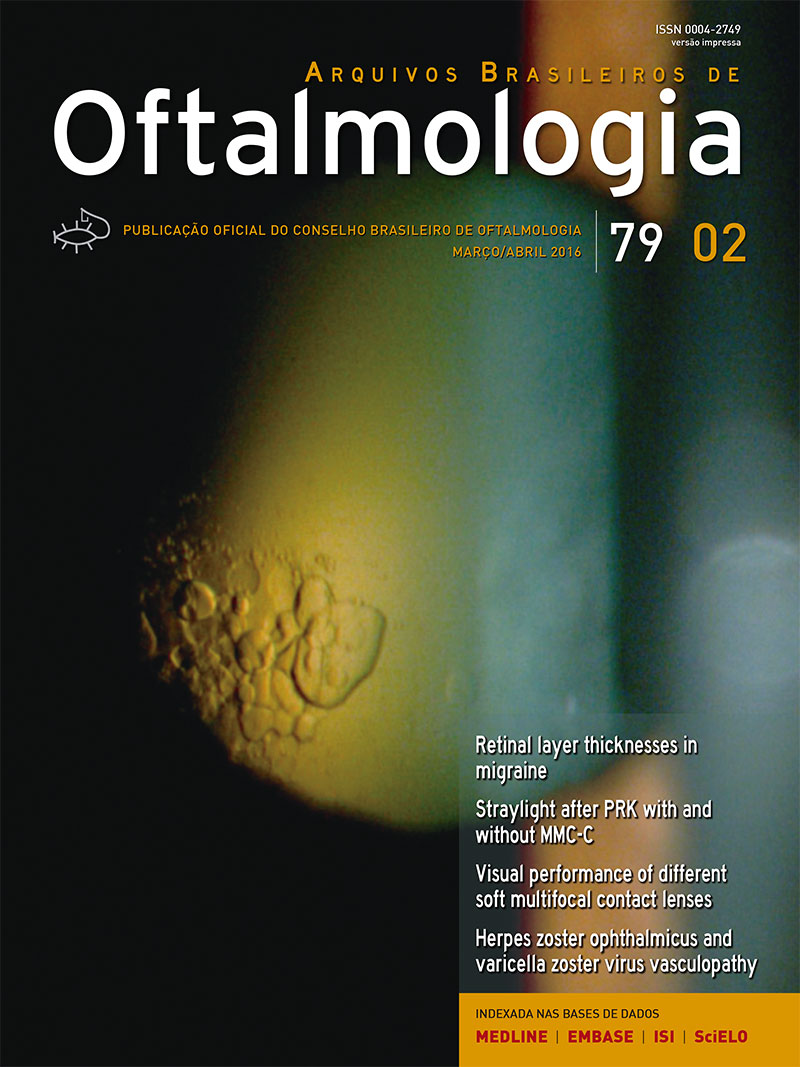Purpose: Keratoconus is characterized by bilateral asymmetrical corneal ectasia that leads to inferior stromal thinning and corneal protrusion. There is currently a lack of consensus regarding the most efficacious method for fitting contact lenses in patients with keratoconus, given the various topographical patterns and evolution grades observed in affected populations. The purpose of the present study was to evaluate the association between keratoconus evolution grade and topography pattern and the type and design of fitted contact lens. Methods: We performed a retrospective analysis of contact lenses fitted in a total of 185 patients with keratoconus (325 eyes). Keratoconus was classified as either grade I, II, III, or IV based on keratometry and cone morphology (nipple, oval, globus, or indeterminate) results. Results: A total of 325 eyes were evaluated in the present study. Of the 62 eyes classified as grade I, 66.1% were fitted with monocurve contact lenses. Of the 162 eyes classified as grade I and II, 51%, 30%, and 19% were fitted with adapted monocurve rigid gas-permeable contact lenses (RGPCL), bicurve lenses, and others lens types, respectively. Bicurve lenses were fitted in 52.1% and 62.2% of eyes classified as grade III and IV, respectively. Of the eyes classified as grade III and IV, monocurve and bicurve RGPCL were fitted in 26% and 55%, respectively. In eyes with oval keratoconus, 45%, 35%, and 20% were fitted with monocurve lenses, bicurve lenses, and other lens types, respectively. In eyes with round cones (nipple morphology), 55%, 30%, and 15% were fitted with bicurve lenses, monocurve lenses, and other lens types, respectively. Conclusion: Monocurve RGPCL were most frequently fitted in patients with mild to moderate keratoconus and oval cones morphology, while bicurve lenses were more frequently fitted in patients with severe and advanced keratoconus. This was probably because bicurve lenses are more appropriate for round cones due to increased corneal asphericity.
Keywords: Corneal diseases; Keratoconus; Keratoconus/classification; Contact lenses; Equipment design
